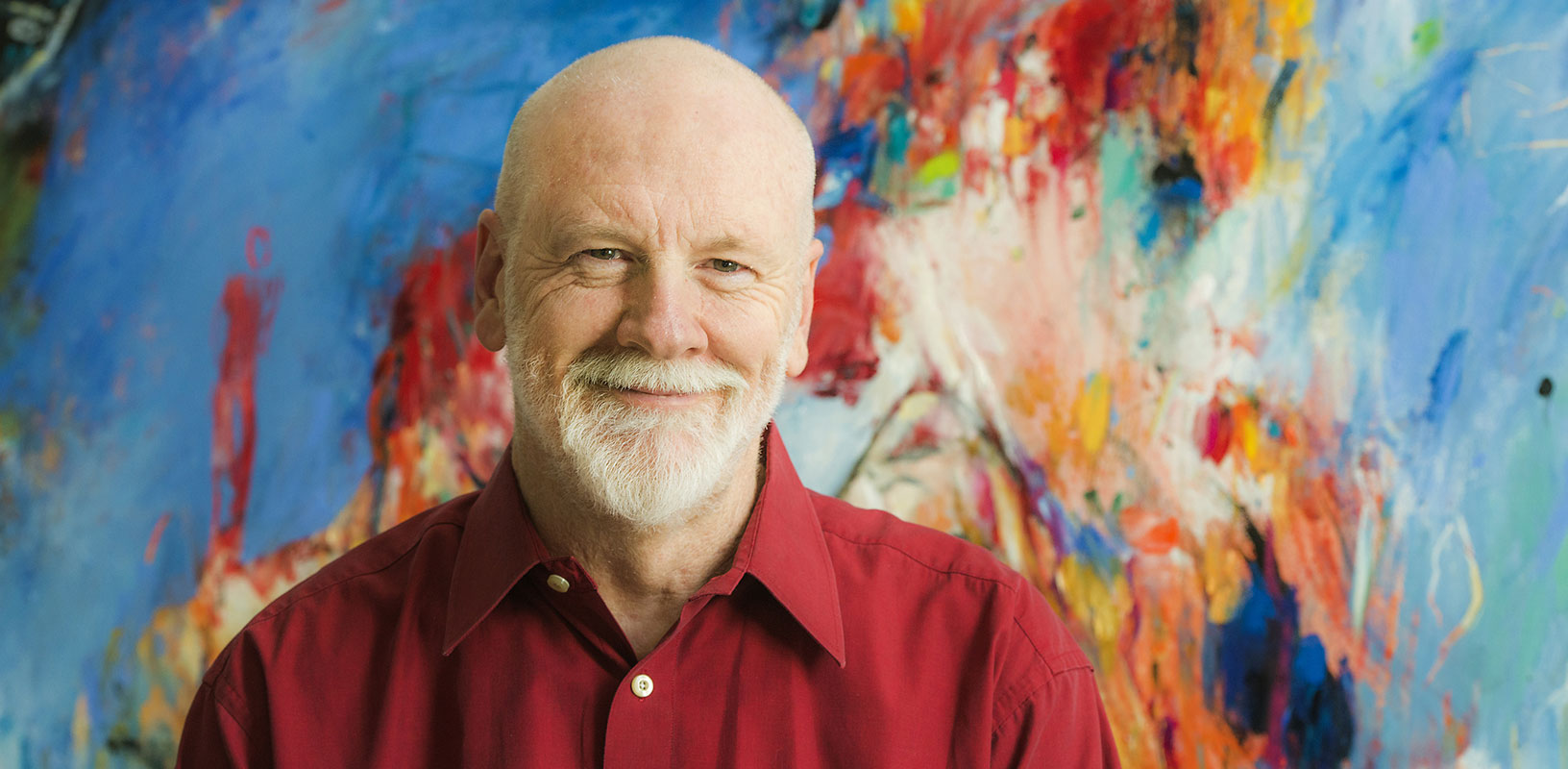Brett Dean: interview on his new Cello Concerto

Brett Dean introduces his new concerto for cellist Alban Gerhardt, with first performances over the coming months in Sydney, Berlin and Amsterdam.
You’ve had a number of requests to write a cello concerto over the past decade. What made the time right now?
The number of cellists that have approached me is an indication of their hunger for new repertoire, partly a result of there being fewer available concertos for the instrument. After the Viola Concerto and The Lost Art of Letter Writing for violin and orchestra, it seemed natural I’d write a Cello Concerto. And it was fitting it should be for Alban Gerhardt, as he has always been part of my ‘musical family’ – I knew his father who played in the Berlin Philharmonic and his sister Manon, also a violist, and have played chamber music with Alban for many years including recent string quintet tours.
How did the experience of playing alongside Alban Gerhardt have an effect on the writing of the concerto?
As well as admiration for him as a musician I’ve also been impressed by his whole approach to championing contemporary works. He has an amazing ability to internalise the music which goes way beyond memorising new scores – a feat in itself. I’ve seen him perform concertos by Matthias Pintscher and Unsuk Chin and he treats them with the same respect and enthusiasm as the standard repertoire of Dvorák and Elgar. When I wrote Eleven Oblique Strategies for the Feuermann cello competition in 2014, Alban agreed to test it and we discussed technical issues for the instrument. That solo cello work turned out to be an important source for the concerto, and I’ve tried to make the challenges similarly stretching but ultimately attainable.
What influence does your being a string player have on writing for the cello?
As a violist, writing for strings has always seemed like a ‘home’ rather than an ‘away’ game for me. It’s familiar ground but there are also dangers to avoid, such as knowing what will be difficult to play which could either inhibit or over-excite! And most importantly I have to be careful that any knowledge of the vast string repertoire doesn’t limit my fantasy as a composer. From a viola perspective, the cello is a much bigger instrument in all senses, not only its dimensions but also the magnificent rich sound it can produce in most registers, which creates yet also concurrently quells a certain “violist’s envy”!
Do you see the concerto as a dramatic form?
I certainly do. This is outwardly, even overtly the case in a number of my concertos, where the individual battles against the masses, for instance in my clarinet concerto Ariel’s Music, inspired by a woman’s fight to raise awareness about the AIDS epidemic, or in my trumpet concerto Dramatis Personae where the soloist acts out different heroic roles. The Cello Concerto is at the opposite extreme in that it is more concerned with collaboration than conflict, with ideas from the soloist being amplified by the orchestra. The Viola Concerto sits somewhere between, as there is no overt programme but rather what Birtwistle might describe as a ‘secret theatre’, some of which is confrontational in nature and some of it collaborative.
How did your early ideas for the new concerto evolve?
Some things were very clear from the start and some ideas were toyed with but ended up on the cutting room floor. I knew from the onset that this would be the purest of my concertos, focusing on the personality at the front of the orchestra, without any programmatic or spatial theatrics. In the workroom I was tempted to add a small group of choral voices to extend the orchestral palette, as I’d incorporated into the pit for my opera Hamlet. But I soon realised that, with the limitations of the real musical world, this was impractical and most importantly didn’t have a musical justification in the current piece. That’s an idea to return to in the future!
Some of your concertos are titled ‘concerto’ while others have descriptive titles. How do you decide?
Choosing the title is important and this is linked to the nature of the work itself, usually from inception. With Dramatis Personae the soloist’s theatrical role was central to the work, so it was never going to be just a Trumpet Concerto. The premise of the new work is concerned with music for music’s sake so Cello Concerto, pure and simple, seems exactly the right title.
What are the shape and soundworld of the concerto?
It’s cast in a single movement and, while there are discernible sections, it flows uninterruptedly across a 25-minute span. As a middle register instrument within the orchestral space, the cello has to be treated sensitively, with judicious care in what you can throw against it in terms of orchestral accompaniment and partnering. The scoring is pretty standard with my usual expanded percussion section including some unconventional elements. The standout addition is my first use of a Hammond organ which responds to those sections of the piece with a jazz funk flavour. It is sometimes used chordally but more often has a busy part with a dark, edgy groove. I’m intrigued to hear how it sounds at the premiere!
Interviewed by David Allenby, 2018
Brett Dean
Cello Concerto (2018) 25’
Commissioned by Sydney Symphony, Berliner Philharmoniker, Swedish Radio Symphony Orchestra, Minnesota Orchestra, Amsterdam Cello Biennale, Muziekgebouw Aan 't IJ
Performances with Alban Gerhardt including:
22/24/25 August 2018 (world premiere)
Opera House, Sydney
Sydney Symphony Orchestra/David Robertson
4-6 October 2018 (European premiere)
Philharmonie, Berlin
Berliner Philharmoniker/Sakari Oramo
25 October 2018 (Dutch premiere)
Muziekgebouw aan ’t IJ, Amsterdam
Antwerp Symphony Orchestra/Klaus Mäkelä
(Cello Biënnale Amsterdam)
> Further information on Work: Cello Concerto
Photo: Bettina Stöß
